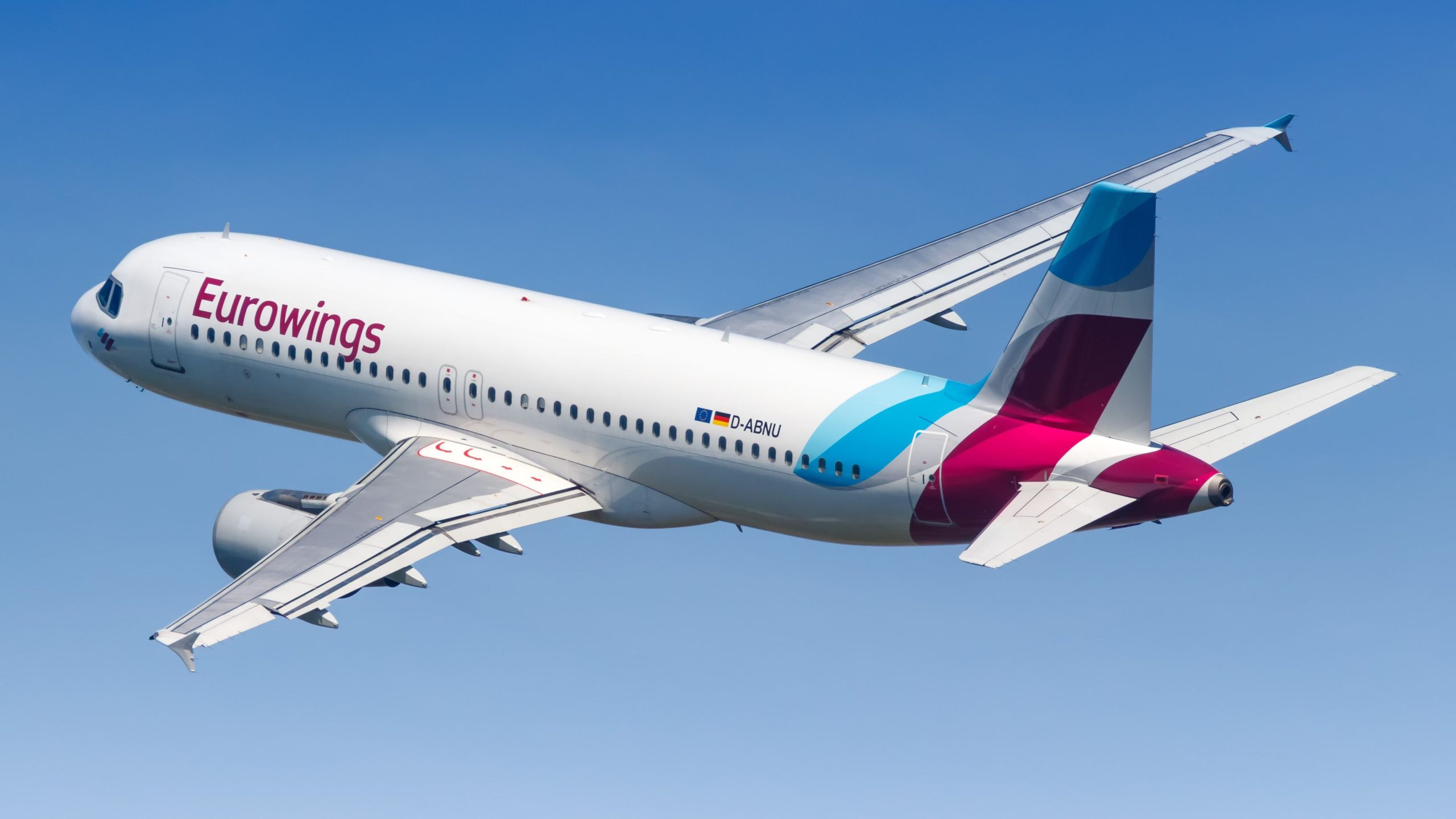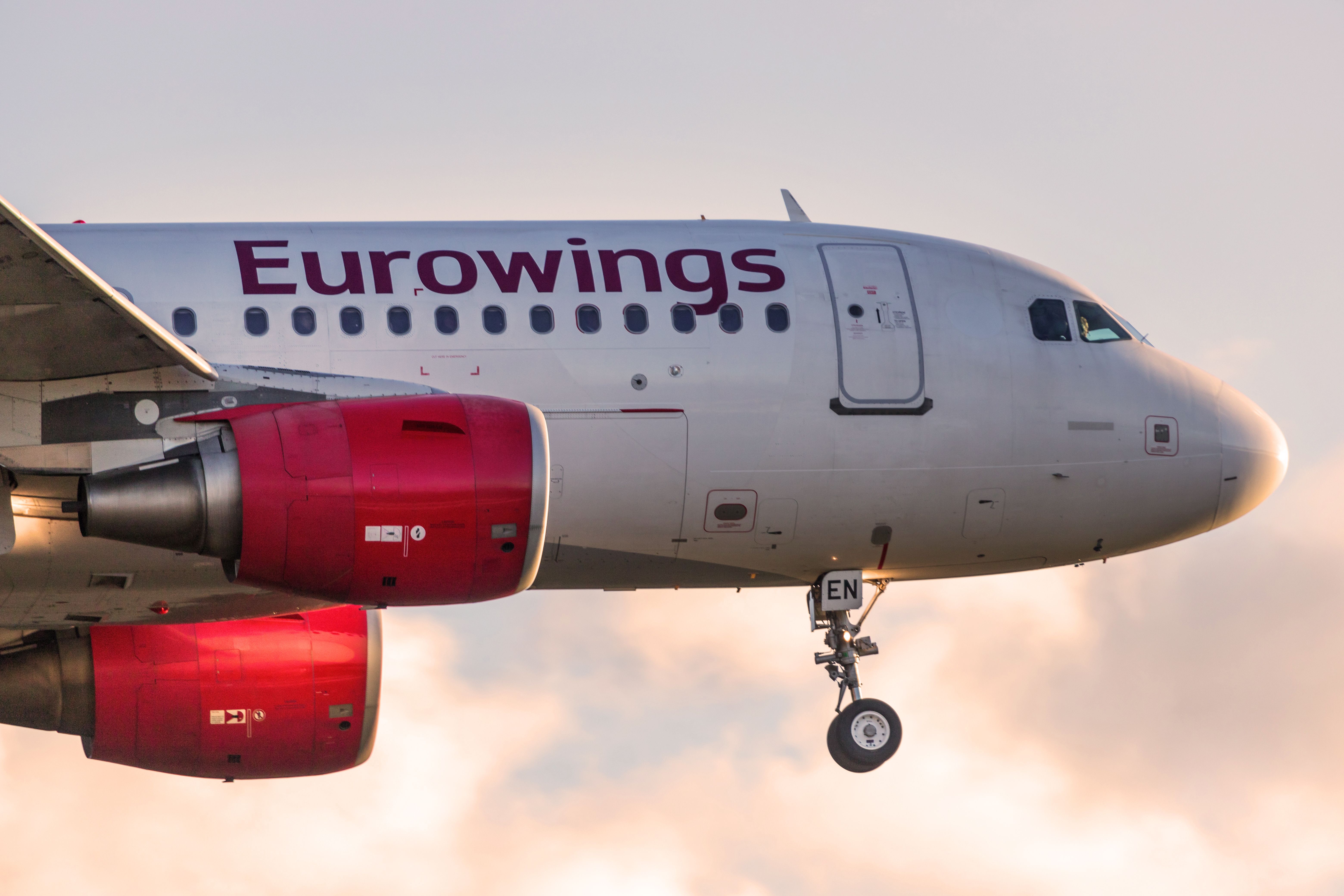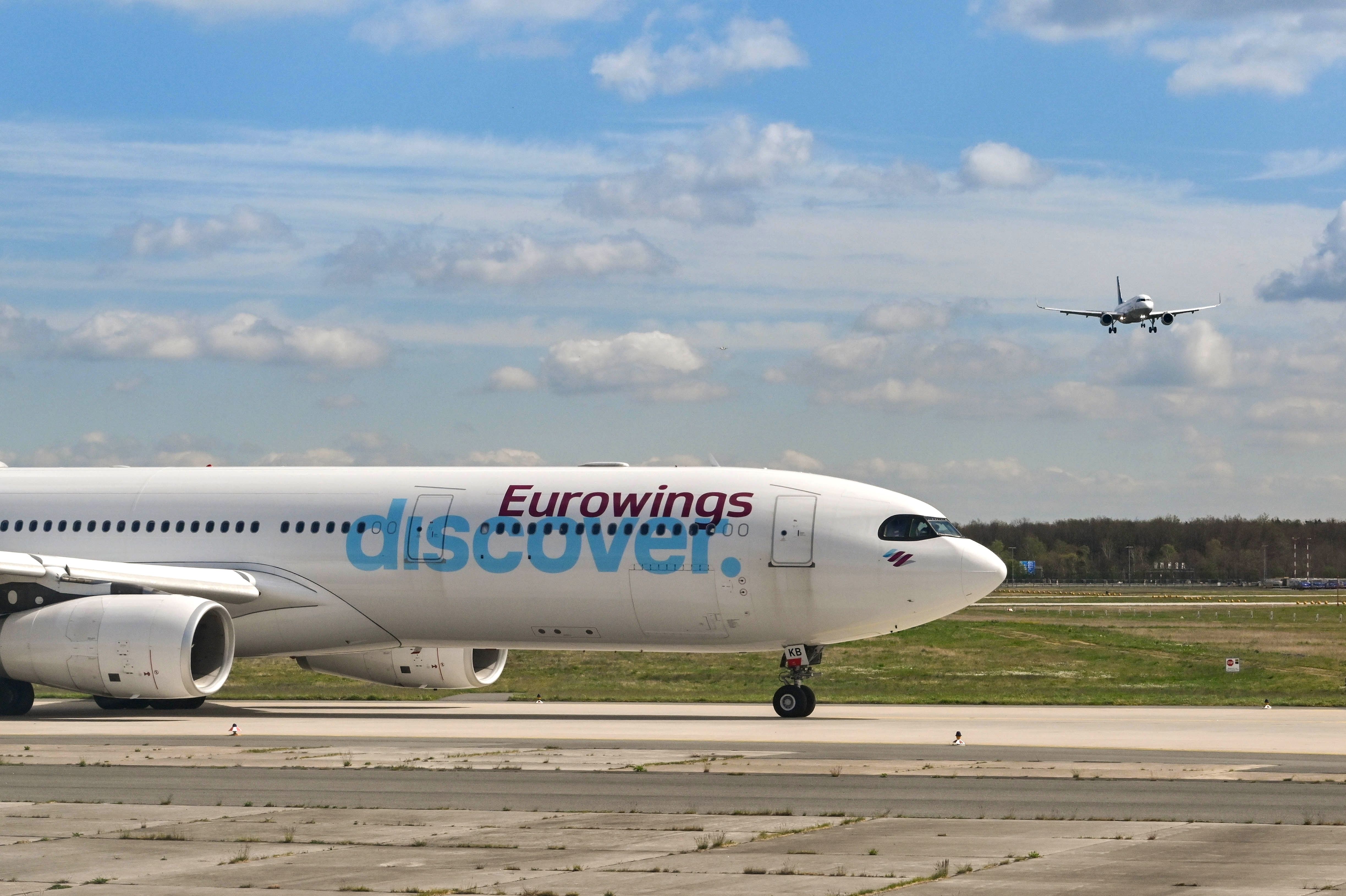Summary
- Eurowings was formed in 1990 through the merger of two commuter airlines and later became part of the Lufthansa Group.
- The carrier transformed into a low-cost carrier in 2014 and briefly offered long-haul flights in 2019.
- It currently operates approximately 2,600 weekly flights across Europe and beyond.
The German commercial aviation scene comprises far more airlines than just flag carrier Lufthansa. Indeed, the country has a strong leisure market, served by airlines such as Eurowings. This low-cost carrier has been operational for nearly three decades and even had a long-haul brand that recently rebranded to Discover Airlines. Fueled by an Airbus A320 family, Eurowings offers service to over 100 destinations in more than 50 countries.
The beginnings
Today a part of the Lufthansa Group, Eurowings was formed in 1990 following the merger of two commuter airlines, Nürnberger Flugdienst and Reise- und Industrieflug, that were based in Nurenberg and Dortmund, respectively. Initially flying ATR turboprops and BAe 146 aircraft, it later added regional jets and then Airbus designs like the A310 and A320.
Photo: Tobias Arhelger/Shutterstock.
At the turn of the century, Lufthansa began acquiring stakes in the airline, and it is now part of the Lufthansa Group. Following a 2015 restructure, it currently operates low-cost flights from bases throughout Europe, with a key emphasis placed on leisure destinations.
Eurowings and Germanwings
In 1997, Eurowings established a low-cost department, which would be later renamed to Germanwings in 2002. By doing so, Eurowings launched the first low-cost airline in Germany offering connecting flights in Cologne. Eurowings and Germanwings were kept as two separate carriers even after the Lufthansa Group took complete control of Eurowings in 2005 and then of Germanwings in 2009. Germanwings remained its own brand until January 2016, and the IATA code of that company (4U) was used in certain operations until March 2018.
Eurowings path to an LCC
After being acquired by the Lufthansa Group, Eurowings was set up as a kind of regional carrier, operating in close partnership with Germanwings with a Bombardier CRJ900 fleet. Then, in July 2014, Lufthansa announced that Eurowings would renew its fleet by acquiring Airbus A320 aircraft, which would mark the beginning of the company’s transformation to a low-cost carrier.
During this process, Lufthansa Group announced in March 2019 that Eurowings would begin serving long-haul flights. This experiment was short-lived, lasting only a few months, and then all the services were transferred to other network airlines, such as Lufthansa, Brussels Airlines, Austrian Airlines, and Swiss.
In early 2021, Lufthansa Group announced the foundation of a new long-haul carrier, Eurowings Discover. This brand was kept until September 2023, when the German firm renamed it Discover Airlines.
Eurowings today
Using data from ch-aviation, Eurowings currently has a fleet of 127 aircraft. Some of these are wet-leased to companies like airBaltic, Eurowings Europe, and Lufthansa CityLine.
Photo: Ceri Breeze/Shutterstock.
Eurowings currently has four Airbus A220-300s (wet-leased to airBaltic), 38 A319ceos (some wet-leased to Eurowings Europe and Lufthansa CityLine), 66 A320ceos (some wet-leased to Eurowings Europe and Avion Express Malta), seven A320neos, sixx A321ceos, two A321neos, and four Boeing 737-800s (wet-leased to Smartwings and TUI fly).
As of September 2023, Eurowings operates approximately 2,600 weekly flights across Europe and beyond. The airline’s top routes are Stuttgart-Berlin (40 weekly flights), Stuttgart-Hamburg (34), Cologne-Palma de Mallorca (34), and Stuttgart-Palma de Mallorca (32).
Have you been onboard a Eurowings flight? How was the experience? Let us know in the comments below.



